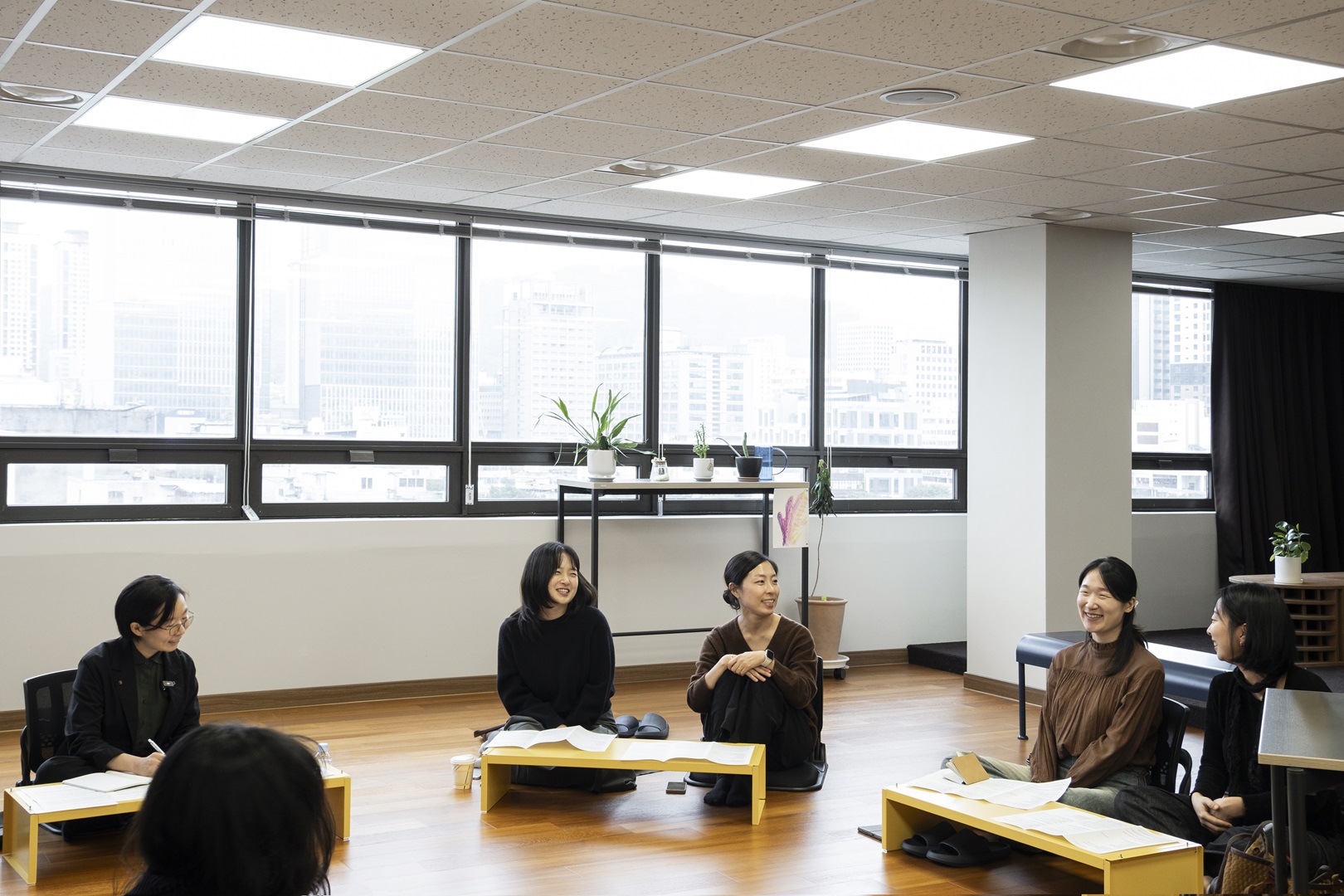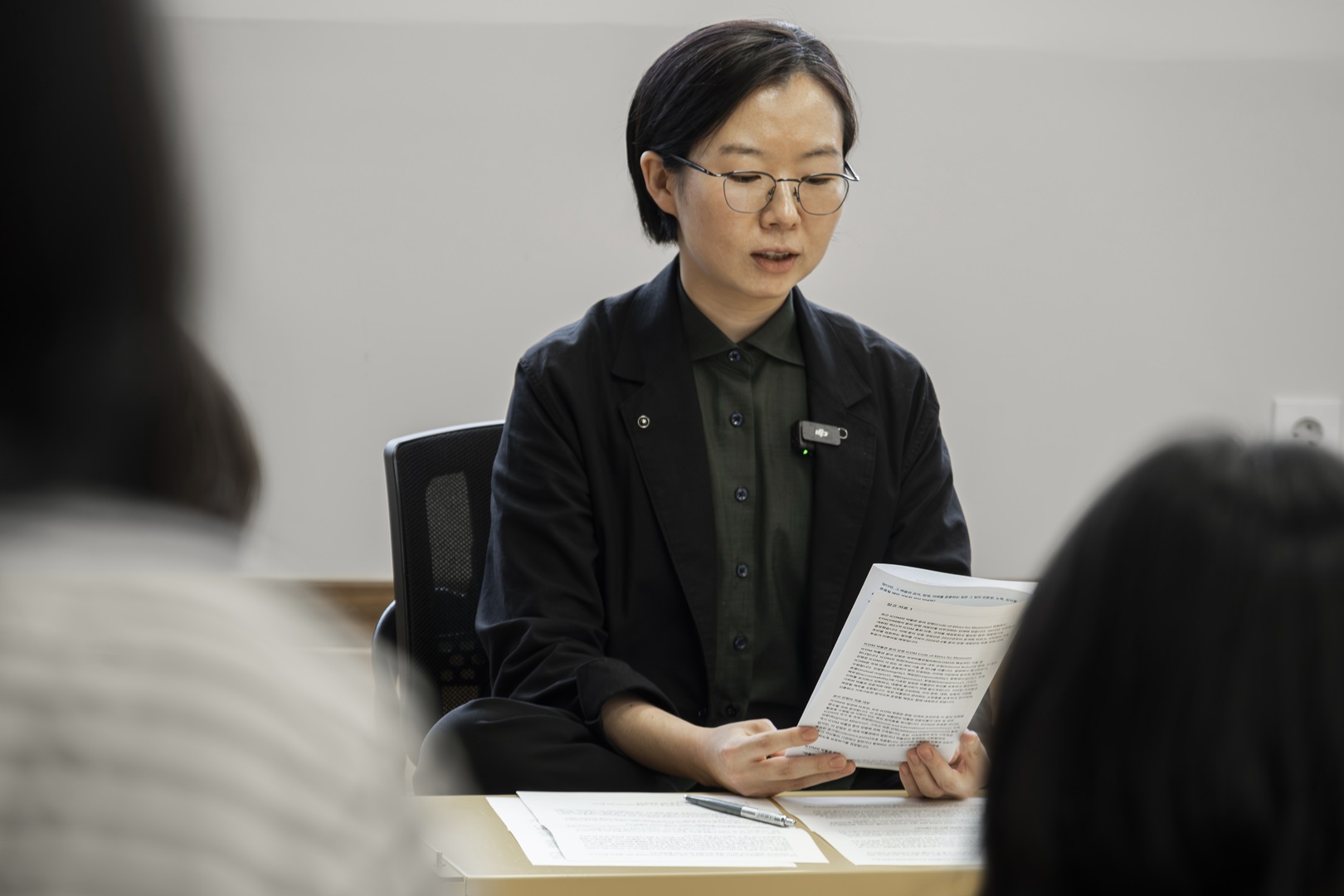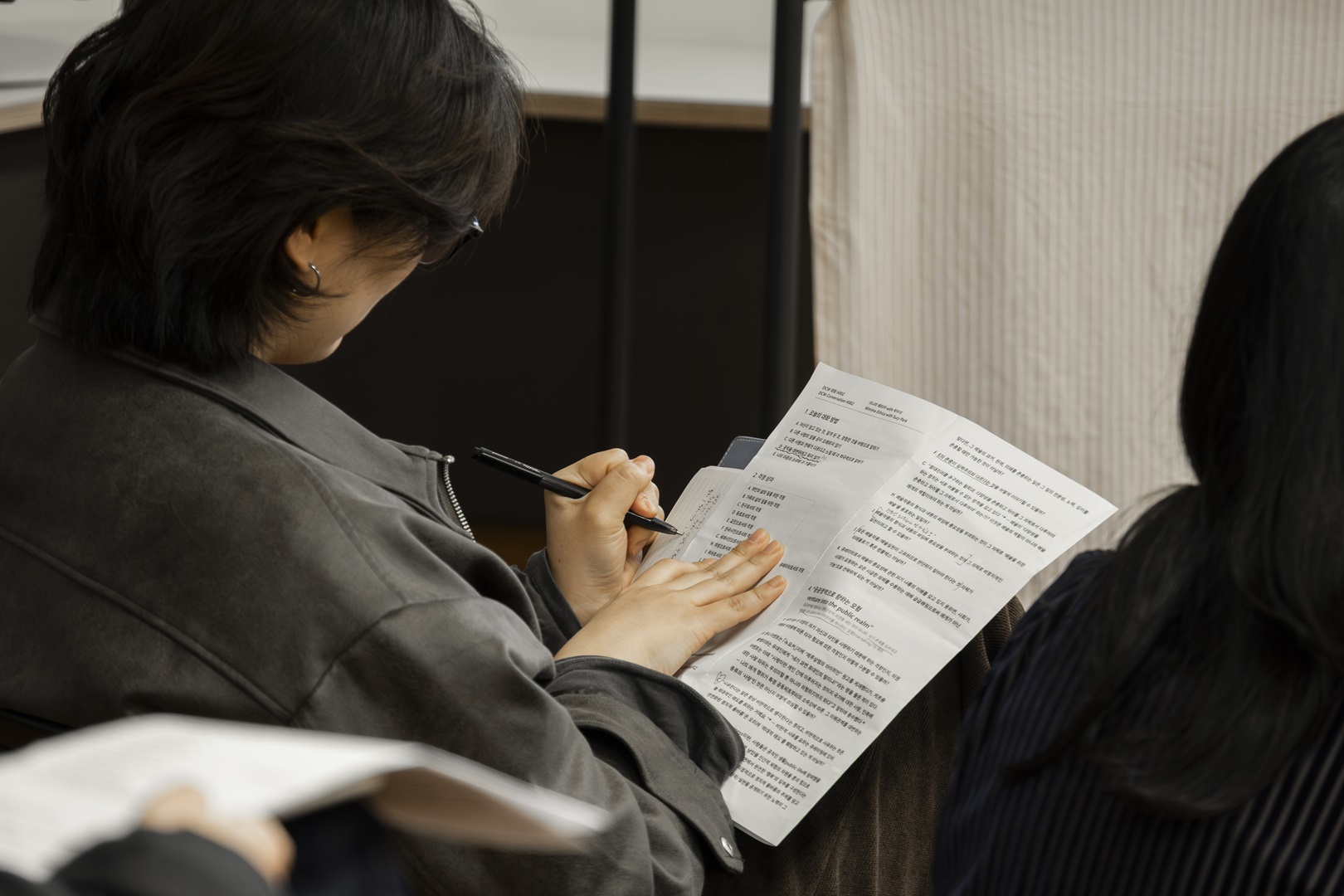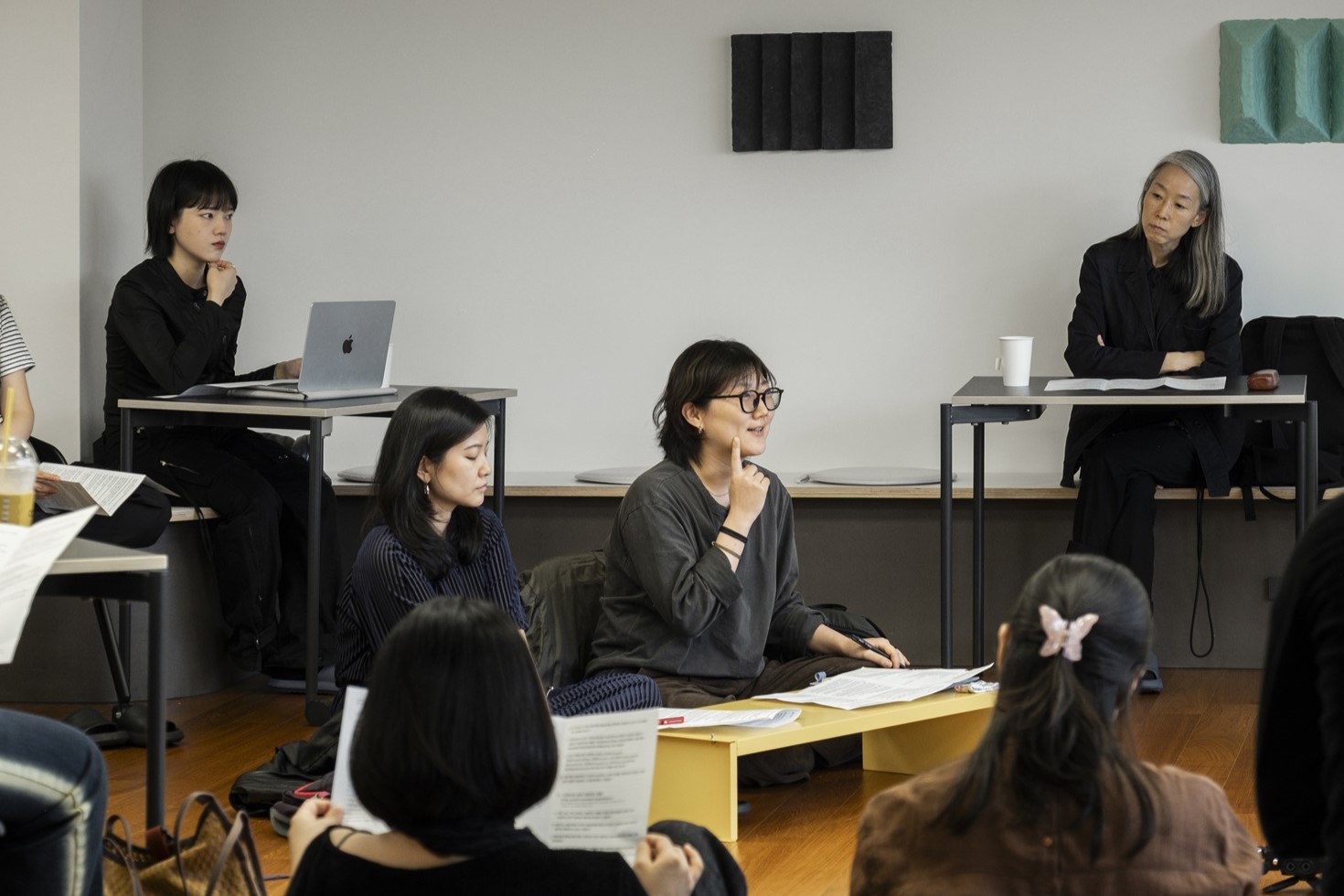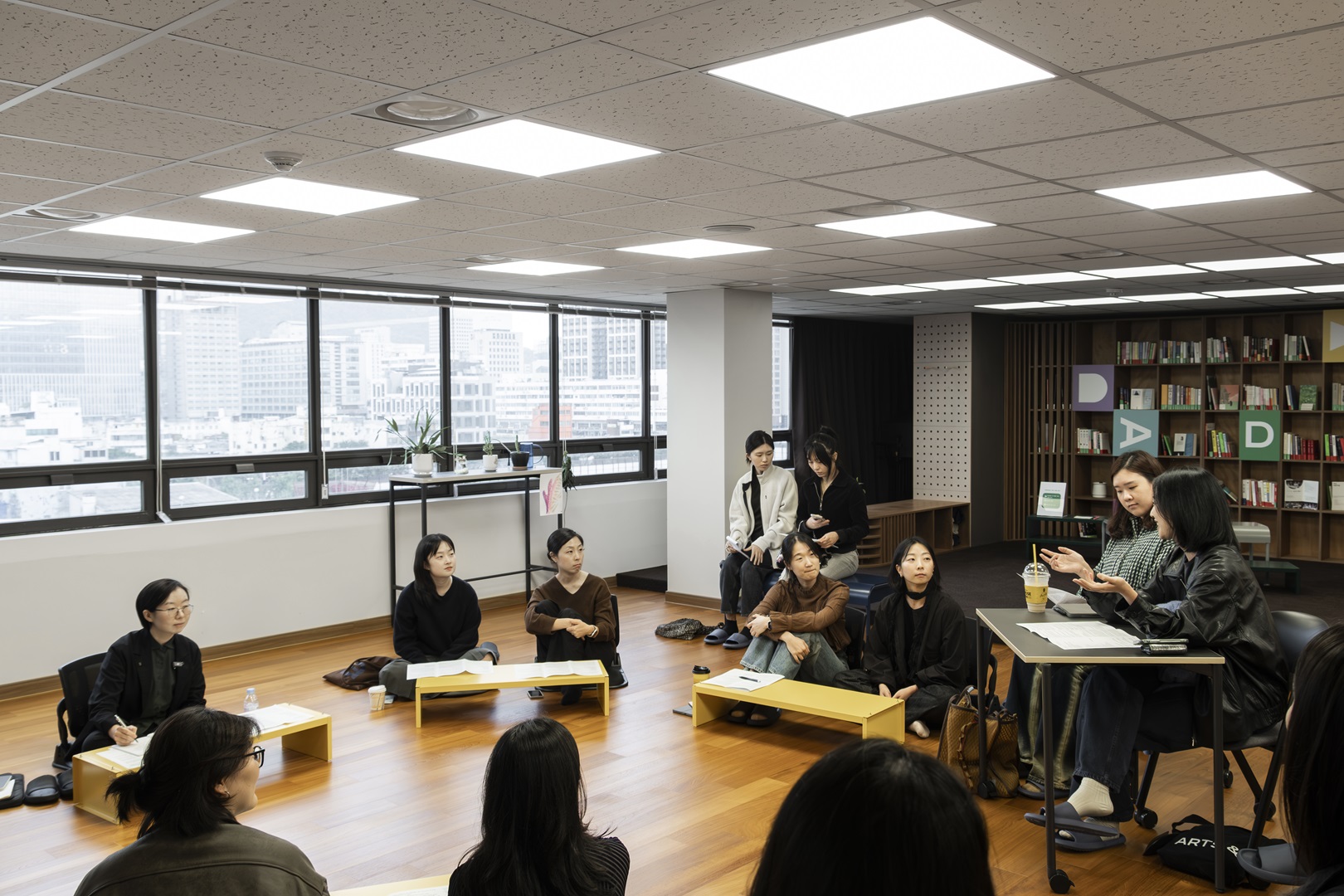DCW Conversation #002 Minima Ethica
In a world scattered with disasters, violence, crises, and risks, it is impossible to assign priorities of urgency. People stay within their own territories, and as individuals they perceive, reconcile, and conflict within the communities that surround their lives. Curators—who research, acquire, preserve, and mediate works of art, and who support artistic practice through exhibitions, publications, conversations, and workshops—inevitably bring ethical judgments into their work. This is because the practice and orientation of art and artists ultimately span from understanding human nature to envisioning harmony across the whole world. Not because works of art set such understanding and harmony as their “purpose,” but because understanding and harmony are already embedded within the very nature of art as a human activity.
So again: what should curators worry about first? Through what conception of time should they make such concerns present? What does history tell curators of contemporary art about which concerns matter most? If such concerns are tied to research, acquisition, preservation, and mediation, then what kind of apple tree should we plant in a collapsing world?
I hope those who worry deeply about the present and future of art, and those who turn pessimism into the driving force of passionate practice, can gather to share their myriad thoughts on the Maxima Ars and the Minima Ethica.
